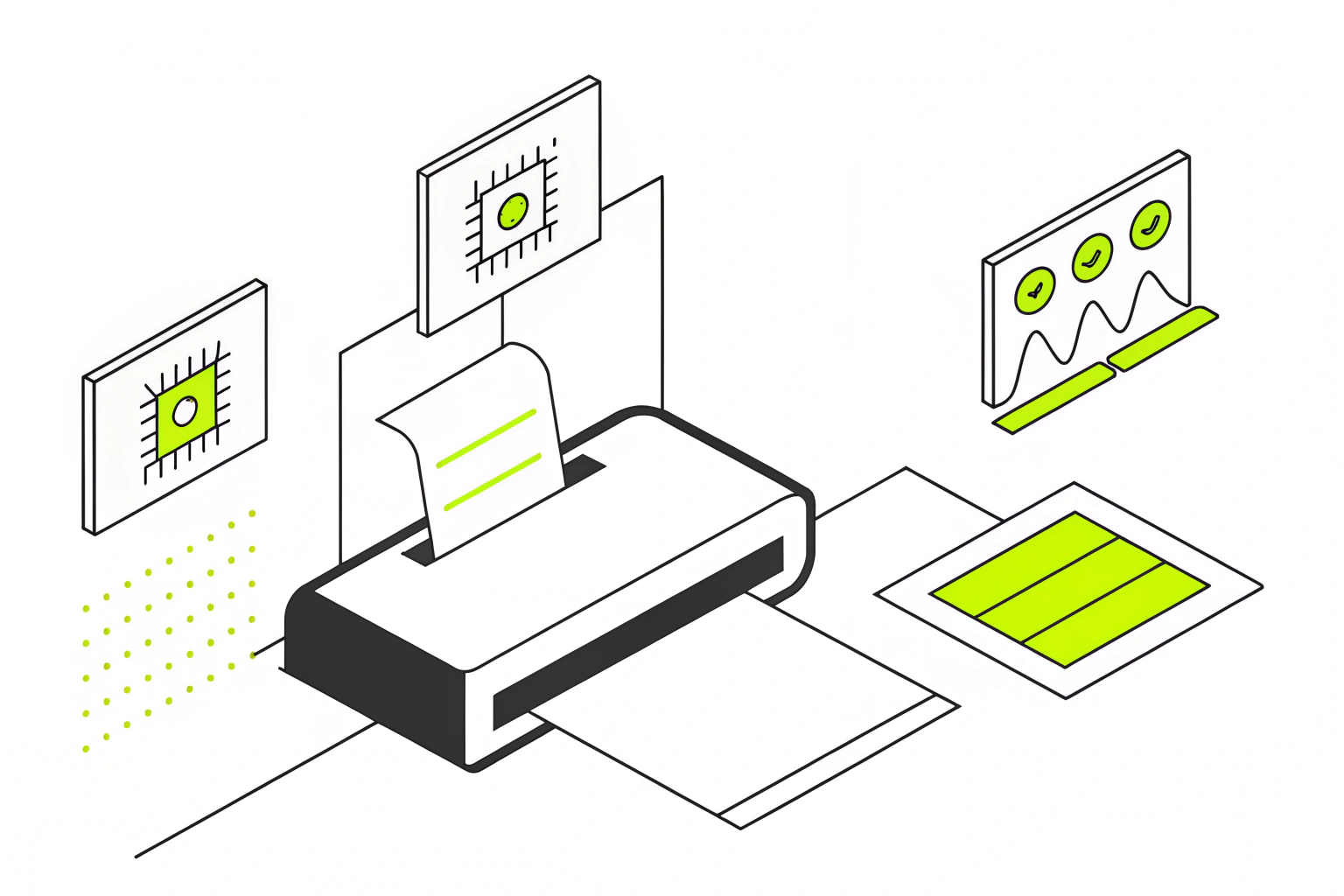Cake for
Data Extraction
Build scalable, composable pipelines to extract, clean, and prepare data from documents, APIs, and databases, optimized for agentic workflows and retrieval-augmented generation (RAG).



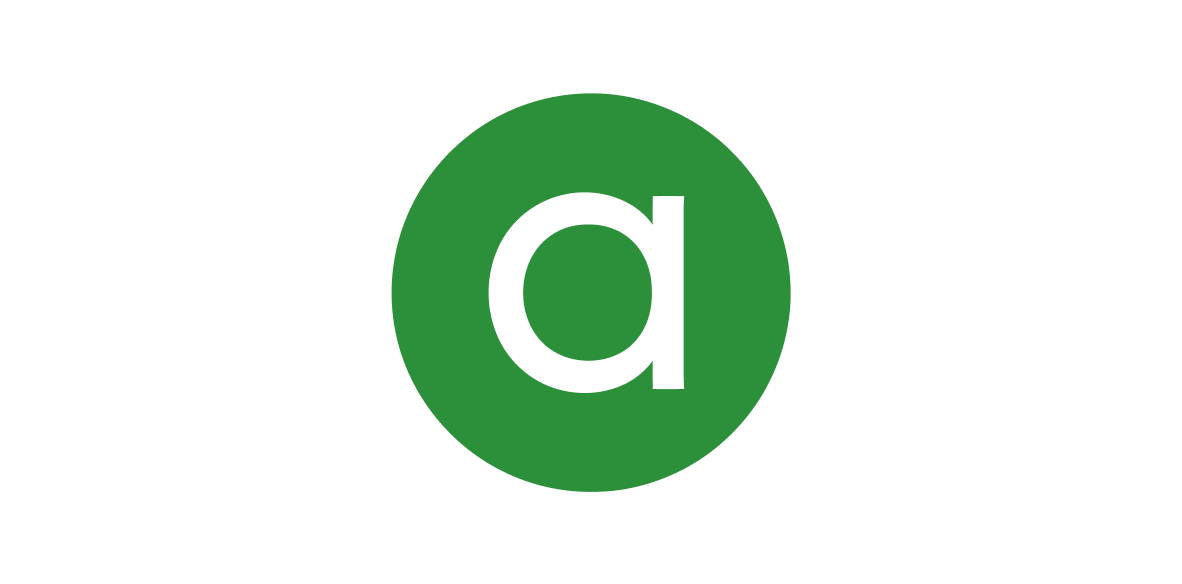

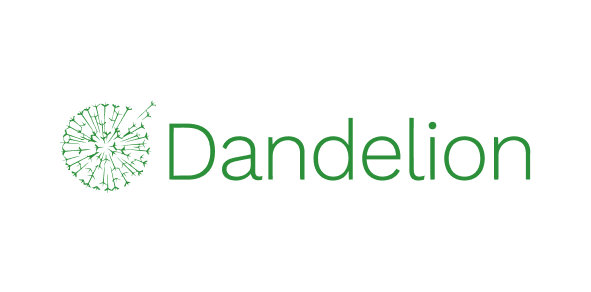
Overview
LLMs are only as useful as the data they can access. Most organizations have valuable information locked away in PDFs, webpages, databases, or siloed APIs. To enable advanced use cases like RAG or agentic workflows, teams need robust extraction pipelines that can reliably handle unstructured data at scale.
Cake provides a modular framework that connects file readers, document parsers, ingestion pipelines, and vector stores. Whether you want to extract data from PDFs, Word files, or images, pull data from third-party APIs, or query vector databases like Weaviate, Cake provides pre-built connectors and orchestration tools that work.
Unlike brittle one-off scripts or rigid proprietary solutions, Cake’s data extraction stack is built from open-source components and designed to be cloud agnostic, swappable, and compliant with regulations like SOC2 and HIPAA. It's designed to integrate cleanly with LLM orchestration layers like Langflow or LlamaIndex.
Key benefits
-
Accelerated extraction across formats: Cake supported structured, semi-structured, and unstructured sources, including PDFs, images, and emails, using OCR, LLMs, and pre-built parsing pipelines.
-
Reduced manual intervention: By automating classification, labeling, and formatting, Cake eliminated the need for hand-tuned extraction rules or brittle regex-based workflows.
-
Improved accuracy with model supervision: Teams were able to fine-tune and supervise extraction models with human feedback, driving higher-quality results and more reliable downstream performance.
-
Integrated seamlessly with your stack: Data flowed directly into your lakehouse, warehouse, or vector database via prebuilt connectors and orchestrated pipelines.
-
Simplified compliance and traceability: Cake ensured sensitive data handling remained auditable and policy-aligned, with full lineage tracking across extraction workflows.
THE CAKE DIFFERENCE
![]()
From brittle scripts to reliable,
scalable data extraction
Fragile scraping & OCR
Brittle pipelines that break on real-world data: Legacy tools and one-off scripts often fail when formats change or edge cases appear.
- Requires heavy upfront parsing logic and manual tuning
- Fails silently when document structure shifts
- Poor accuracy on semi-structured or noisy documents
- No observability, no built-in QA or evals
Result:
High error rates, wasted effort, and low confidence in output
Data extraction with Cake
Production-grade extraction across any data format: Cake makes it easy to extract structured data from messy PDFs, HTML, chat logs, and more.
- Pre-integrated tools for OCR, layout parsing, and schema normalization
- Supports structured, semi-structured, and unstructured content
- Built-in observability, retries, and quality evaluation
- Easily plug in human review or post-processing where needed
Result:
Accurate, reliable pipelines that scale with your data
EXAMPLE USE CASES
![]()
Where teams are using Cake to implement
advanced data extraction functionality
![]()
RAG pipeline bootstrapping
Quickly ingest and chunk internal documents, web content, images, Word files, or PDFs to power RAG.
![]()
Agentic workflow memory
Extract structured information from external sources to feed into multi-step reasoning agents. Integrate with vector databases like pgvector to provide agents with persistent, contextual memory.
![]()
Document analytics
Parse and transform documents for downstream tasks like summarization, classification, or search indexing.
![]()
Streaming change data capture
Continuously extract inserts, updates, and deletes from transactional databases using open-source CDC tools.
![]()
Form and document parsing
Use AI-powered extractors to pull structured data from unstructured formats like PDFs, scanned forms, and images.
![]()
Cloud API integration
Extract data from third-party platforms like Salesforce, Shopify, and Stripe through authenticated, rate-limited API workflows.
INGESTION & ETL
Stop wasting time on broken pipelines
See how Cake simplifies ingestion and ETL with a secure, production-ready stack, so your team can spend less time debugging and more time building.
INTELLIGENT DOCUMENT PROCESSING
Tame document chaos with AI
Extract structured insights from PDFs, emails, and more (without the manual grunt work). See how Cake brings open-source IDP tools into one streamlined platform.

"Our partnership with Cake has been a clear strategic choice – we're achieving the impact of two to three technical hires with the equivalent investment of half an FTE."

Scott Stafford
Chief Enterprise Architect at Ping

"With Cake we are conservatively saving at least half a million dollars purely on headcount."
CEO
InsureTech Company
COMPONENTS
![]()
Tools that power Cake's
data extraction stack
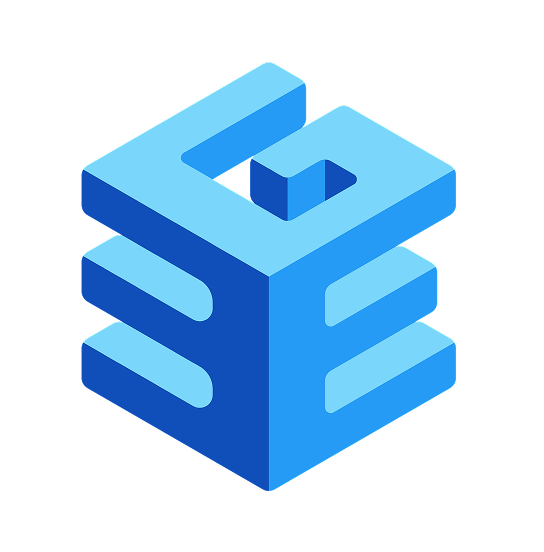
BGE
Embedding Models
Create and serve high-speed text embeddings for search and retrieval with Cake’s BGE model integration.

Docling
Orchestration & Pipelines
Docling is an open-source document intelligence tool for extracting structured information from unstructured text. Cake integrates Docling into AI workflows to automate document classification, extraction, and downstream analysis.
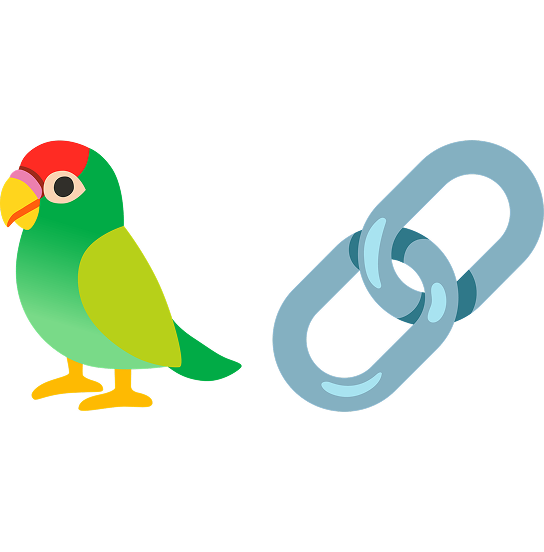
LangChain
Agent Frameworks & Orchestration
LangChain is a framework for developing LLM-powered applications using tools, chains, and agent workflows.
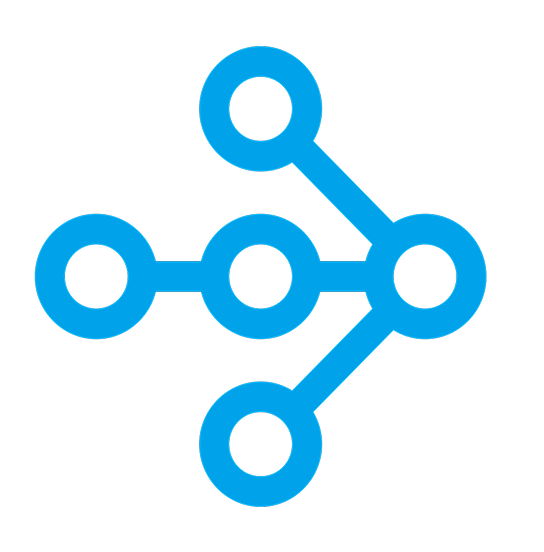
Ray
Distributed Computing Frameworks
Ray is a distributed execution framework for building scalable AI and Python applications across clusters.
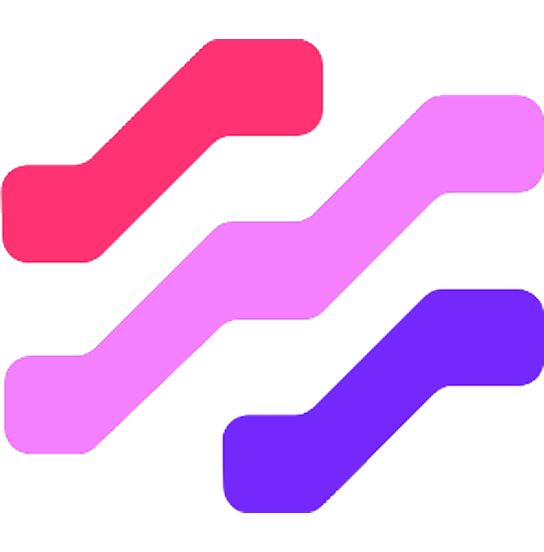
Langflow
Agent Frameworks & Orchestration
Langflow is a visual drag-and-drop interface for building LangChain apps, enabling rapid prototyping of LLM workflows.

LlamaIndex
Retrieval-Augmented Generation
LlamaIndex is a data framework that connects LLMs to external data sources using indexing, retrieval, and query engines.

Tesseract
Data Source Adapters
Data Ingestion
Tesseract enables high-accuracy optical character recognition for use cases like document automation, IDP, and data extraction. It supports multiple languages and handwriting detection.
Frequently asked questions
What is data extraction in AI?
Data extraction in AI refers to the process of automatically pulling structured information from unstructured sources like PDFs, emails, images, and scanned documents using tools like OCR, LLMs, and pattern recognition algorithms.
How does Cake simplify data extraction workflows?
Cake brings together open-source tools for OCR, parsing, validation, and downstream routing in a unified platform—eliminating the need to stitch together custom infrastructure and helping teams go from prototype to production faster.
Can Cake handle different file types like images, PDFs, and emails?
Yes. Cake supports a wide range of file formats, including PDFs, email threads, scanned documents, and image-based inputs—making it easier to standardize ingestion and extraction across your entire data flow.
Is Cake secure and compliant for regulated industries?
Absolutely. Cake is built with enterprise-grade security and supports HIPAA, SOC 2, and other compliance requirements, making it a strong fit for teams in healthcare, finance, insurance, and other regulated sectors.
How is data extraction different from intelligent document processing (IDP)?
Data extraction focuses on pulling structured data from individual documents, while IDP covers the full pipeline—including classification, validation, and workflow integration. Cake supports both use cases through modular, composable components.
Frequently asked questions
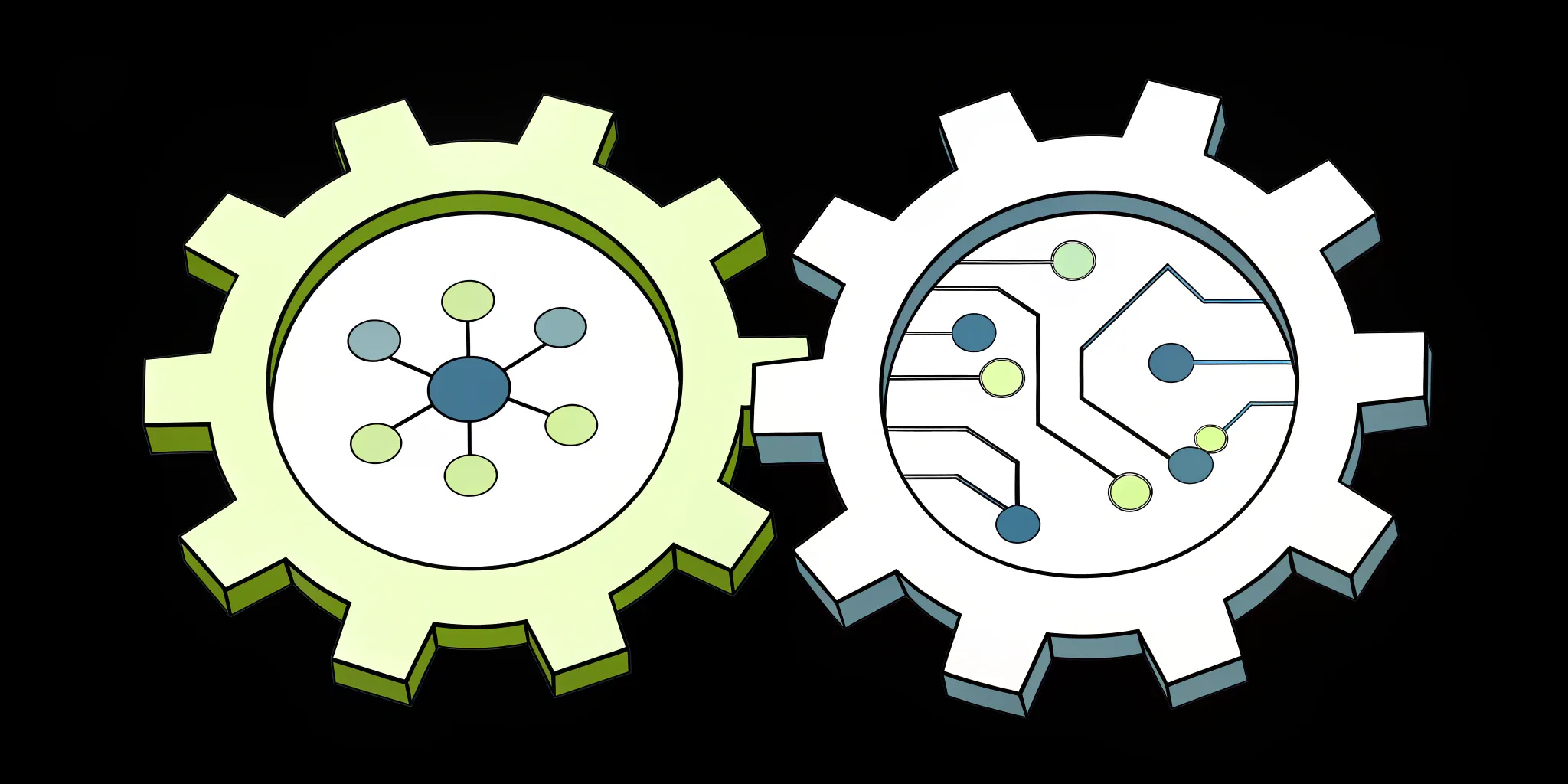
Data Extraction vs. Ingestion: How They Work Together
Your business data is scattered everywhere. It’s in customer databases, marketing platforms, support tickets, and third-party applications. To make...
.png?width=220&height=168&name=Group%2010%20(1).png)


.png)
